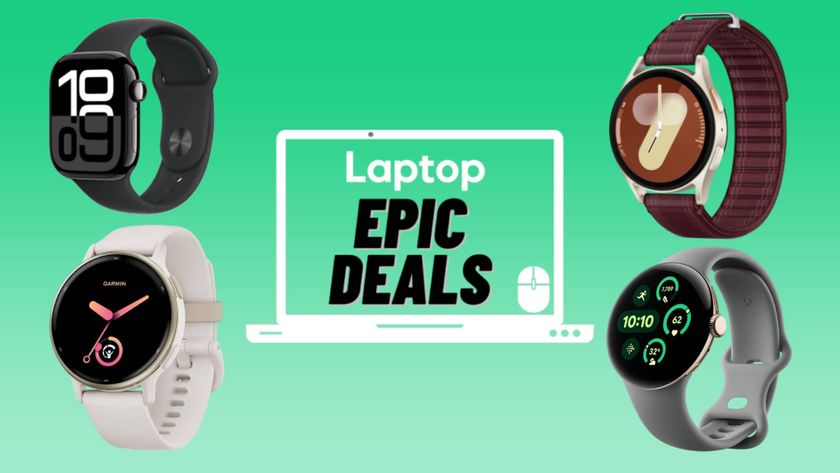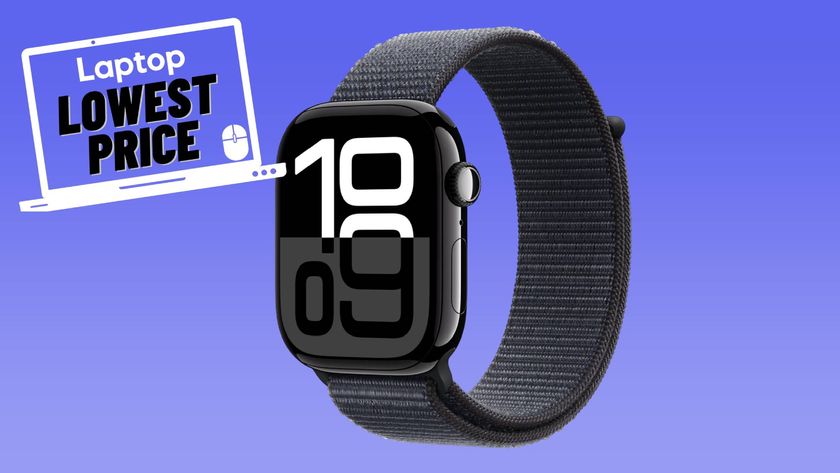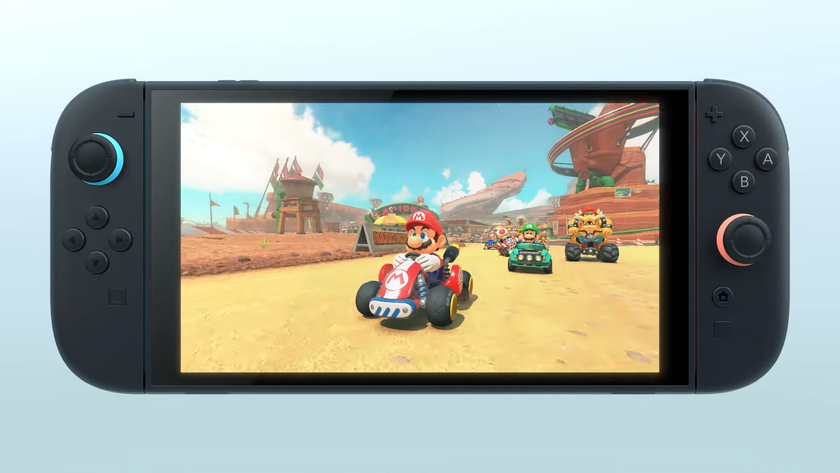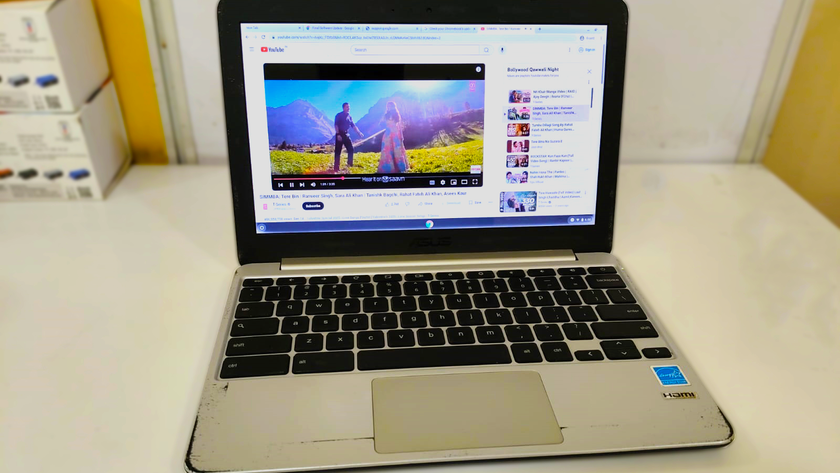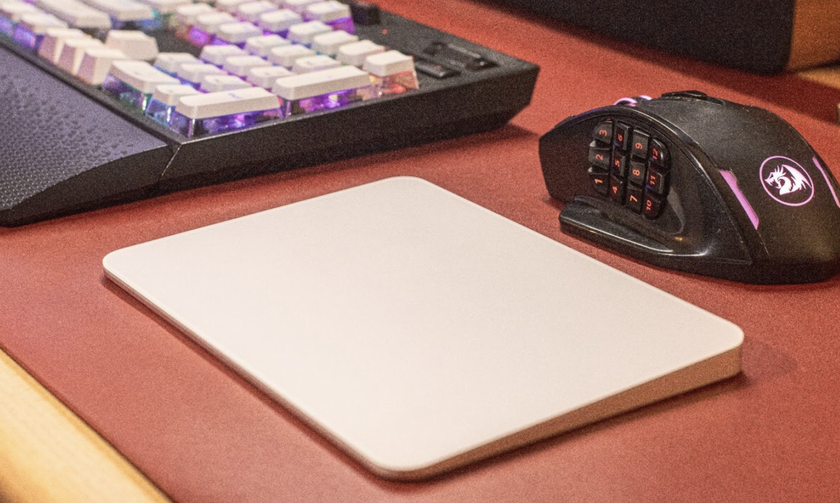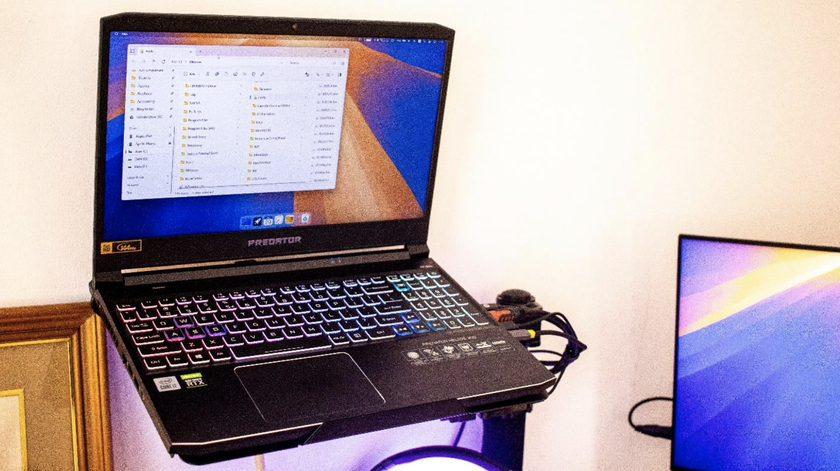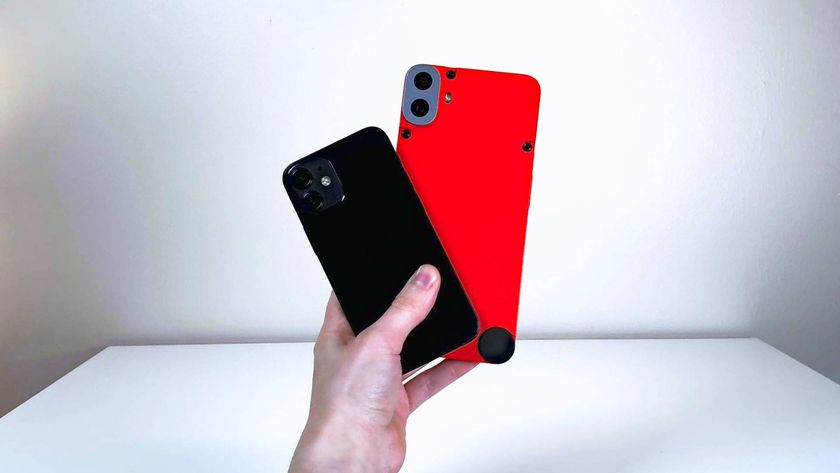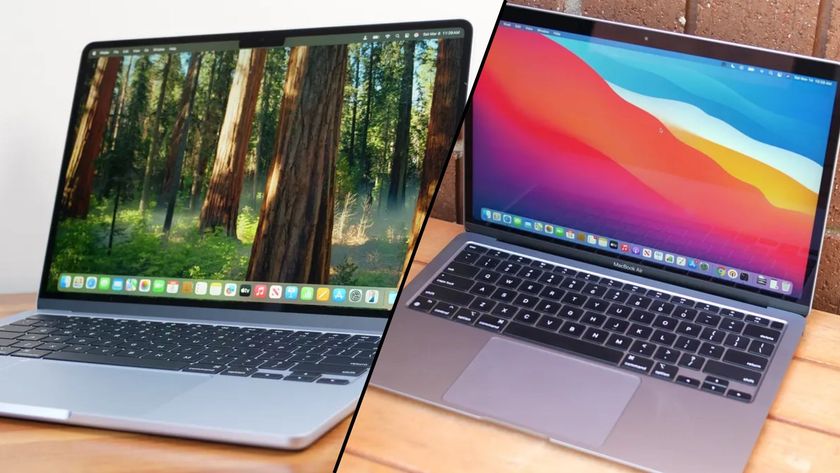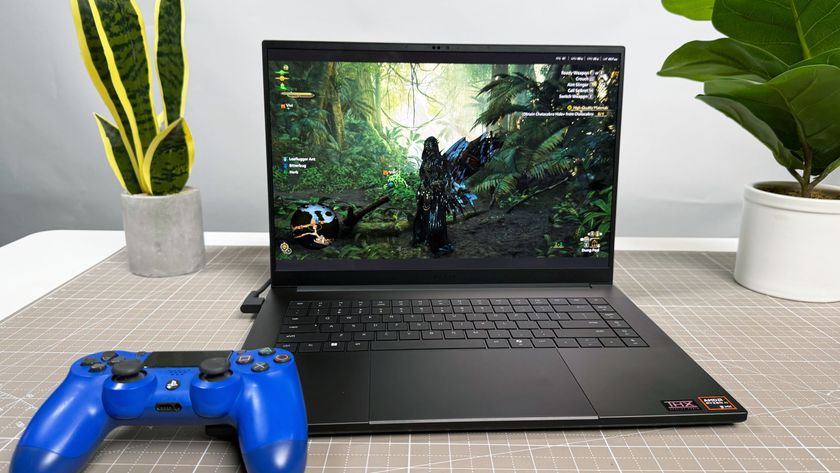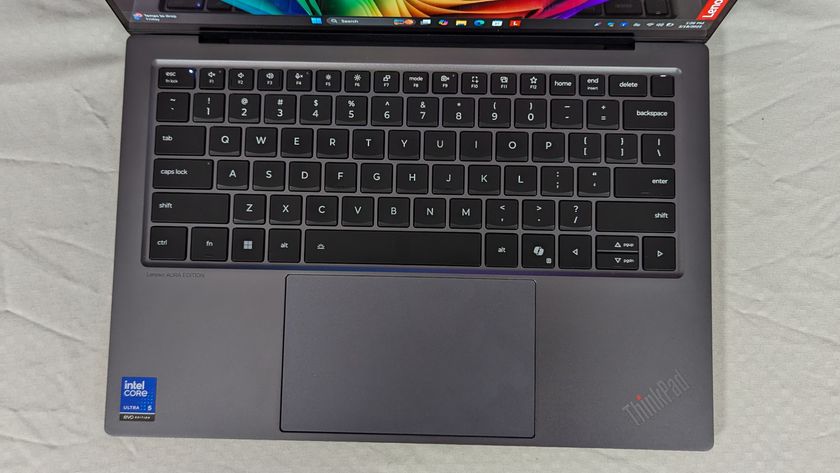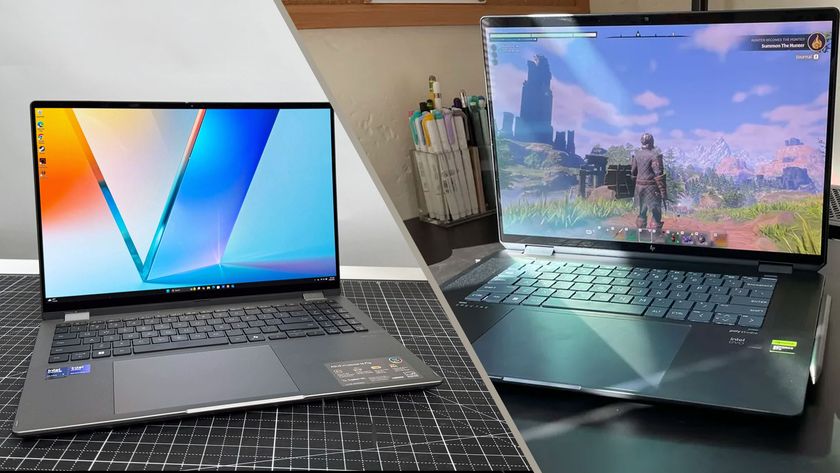Google’s smartwatch problem will soon get much better (or worse) — here's why
Google’s taking another shot at smartwatches with a new alliance
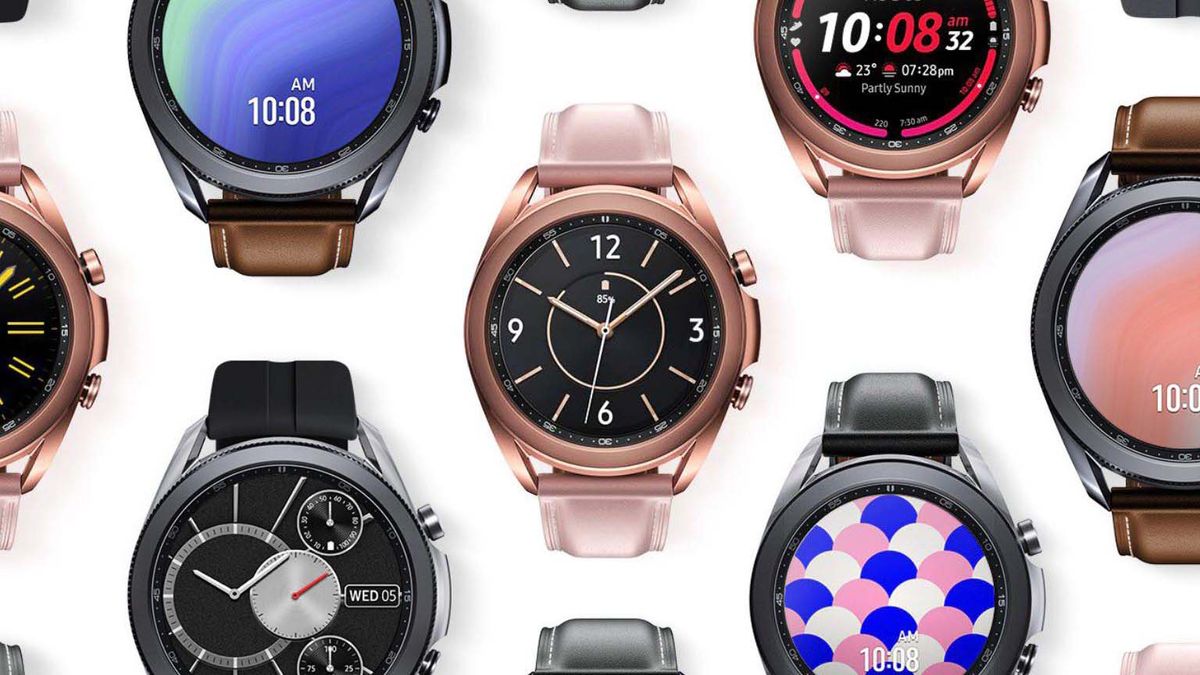
Google is taking yet another shot at smartwatches, and this time, it’s not doing it alone. At its I/O developer conference, Google announced it’s joining forces with Samsung to build the next, major iteration of its Android-based wearable platform: now simply called“Wear.”
Over the years, Google’s 7-year-old wearable OS has struggled to take off -- so much so that it’s no longer in the top most-selling smartwatches. Plagued by a laundry list of both software and hardware shortcomings, Android smartwatches have never been able to go toe-to-toe with competitors like Apple and Samsung.
Google can’t afford to return to the drawing board anymore and so it’s recruiting help from smartwatch makers whose existing technologies could patch some of Wear OS’s most pressing concerns. Those recruits are Samsung and Fitbit, the latter of which Google acquired last year.
The centerpiece of the new alliance is a “single, unified platform” that combines the best of Wear OS and Samsung’s own wearable OS, Tizen. Google claims this new edition of its smartwatch platform launches apps 30% faster than before and offers longer battery life by shifting the always-on modules like the heart-rate sensor to low-power hardware cores.
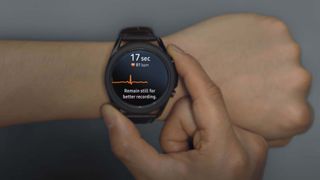
Google is also integrating Samsung’s watch face designer tool into Wear OS, allowing third-party developers to customize and design new looks for the smartwatch’s homescreen. On top of that, developers will have the ability to create their own widgets, or mini-apps that sit a swipe away from an Android smartwatch’s main face and let people glance at quick information such as the weather forecast.
From Fitbit, unsurprisingly, Google is borrowing health expertise and upgrading its suite of fitness apps and services. The details are hazy on this collaboration, but from what we can tell from Fitbit’s comments and Google’s demo videos, nearly all major Fitbit features like on-wrist celebrations and health tracking will make their way to Wear watches.
That’s not all. Google is updating its apps like YouTube Music and Google Maps so that they work on smartwatches even when they’re not connected to a smartphone.
Stay in the know with Laptop Mag
Get our in-depth reviews, helpful tips, great deals, and the biggest news stories delivered to your inbox.
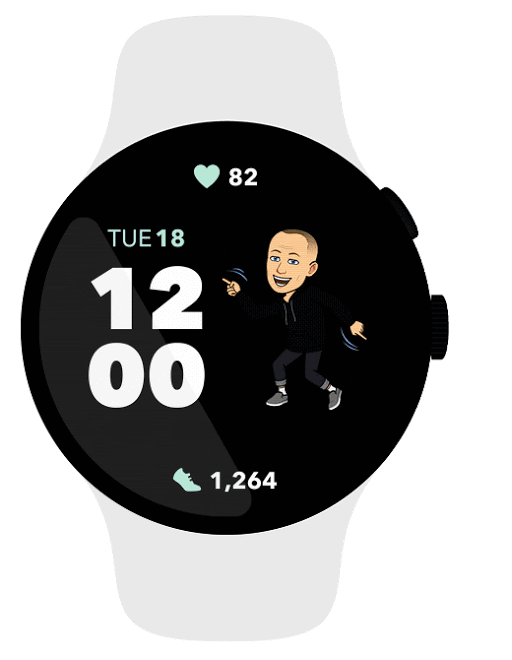
In theory, Google’s decision to outsource what it has continuously failed to figure out seems like it could, at long last, give Wear a fighting chance in the wearable market. After all, each of these three companies brings a unique set of abilities to the table that could form a sum greater than their parts.
Samsung has nearly perfected the essential smartwatch functions like battery life with Tizen (up to four days), Fitbit excels at fitness tracking, and Google has third-party developer backing. But collaborating on so many levels is easier said than done.
The most vital factor behind Apple Watch’s success is vertical integration. Apple controls and produces the software and the chips its watches run on, allowing it to offer a more coherent experience that’s just about impossible to replicate.
Google, on the other hand, will be integrating modules from numerous outsiders and, at some point, it’s bound to adversely affect performance. Besides Fitbit and Samsung, Google will be also juggling the research and development division it bought from watchmaker Fossil two years ago.
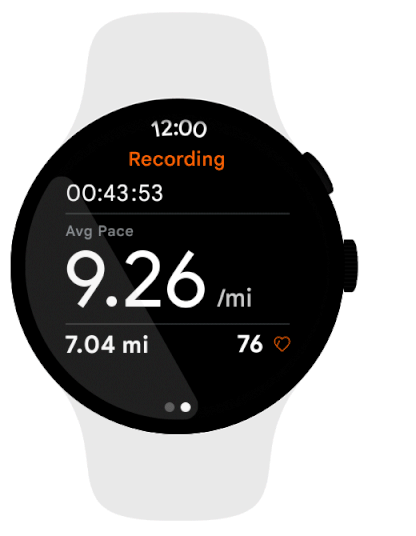
In addition, the downfall of Google’s smartwatch efforts wasn’t solely caused by poor software. Android smartwatches simply didn’t have the processing prowess of Apple’s watches and the upgrades Qualcomm has launched in recent years have barely improved the situation (the Snapdragon 4100 could be a step in the right direction).
Similar to Apple, vertical integration is largely responsible for the success of Samsung’s smartwatches as they run on the manufacturer’s own Exynos chips. How well Google can take advantage of Samsung’s expertise will hinge on the processors that power future Android smartwatches, not a software redesign. Without in-house chips, it’s unclear what Google will gain from a Samsung partnership except for the latter’s commitment to switch to Android smartwatches.
The Samsung partnership appears even more about selling Android smartwatches rather than building them when you consider what Google is giving up in the process. The next version of Wear OS will let smartwatch makers apply their own skins on top, as they do on Android phones -- a move Google likely had to green-light to prevent manufacturers from abandoning Wear OS for custom smartwatch platforms they can align with their specific brand and theme.
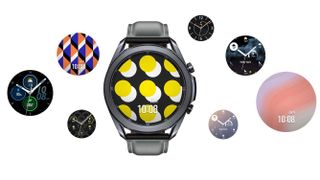
In the process, however, Google may end up in a bigger muddle than it already is in. By letting third-party manufacturers personalize Wear OS, Google won’t be able to deliver timely software updates to all Android smartwatches and risks fragmenting its ecosystem. In doing so, it’s inviting one criticism it has been unable to escape with Android phones: that most of them run on outdated software.
Besides, most of the improvements Google’s promising, like updated apps and better navigation, could have been mended without involving Samsung or Fitbit if the company had just taken a more active role in developing its smartwatch platform. What it introduced this month comes off as just a desperate attempt to keep Wear OS from going extinct.
On top of that, Google only closed the Fitbit acquisition a couple of months ago due to anti-trust lawsuits which means it barely had the time to lay out a more refined plan to execute such a bold overhaul. Heck, Google says it doesn’t even know yet what this new platform will ultimately be called and whether current Wear OS smartwatches can support it.
For Google, this will be an extremely delicate act to balance and it could very well be its last shot to put together a compelling wearable ecosystem. Fortunately, we probably won’t have to wait too long to find out whether it stands a chance as Samsung has said it plans to release a “new smartwatch experience” in the coming months, rumors of which have already begun popping up.
Shubham Agarwal is a freelance technology journalist from Ahmedabad, India. His work has previously appeared in Business Insider, Fast Company, HuffPost, and more. You can reach out to him on Twitter.
